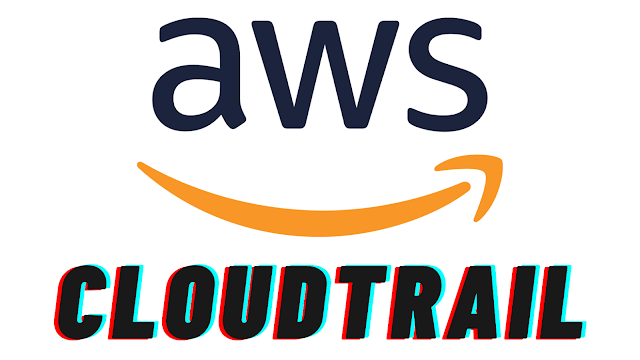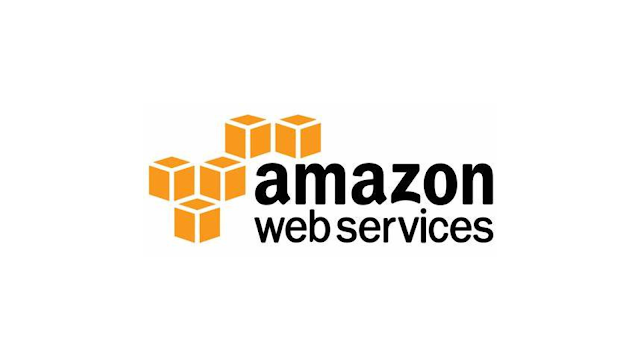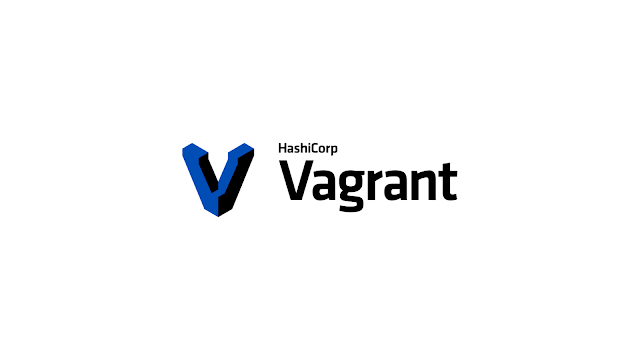AWS Cloud Watch: A Beginner’s Guide

Amazon CloudWatch is a powerful monitoring and observability service provided by Amazon Web Services (AWS). It allows you to track and analyze the performance of your AWS resources in real-time. Whether you’re a developer, DevOps engineer, or IT manager, CloudWatch provides valuable insights to optimize your applications and infrastructure. In this blog post, we’ll explore what CloudWatch is, its features, and provide straightforward examples to help you understand its usage. What is Amazon CloudWatch? Amazon CloudWatch collects and stores operational data in the form of logs, metrics, and events. Here are some key points: Metrics: CloudWatch Metrics represent time-ordered data points related to your AWS resources. These metrics can be CPU utilization, memory usage, disk I/O, and more. Metrics are uniquely defined by a name, namespace, and dimensions. Logs: CloudWatch Logs allow you to collect, monitor, and analyze log files from your applications and services. You can use custom fil...













